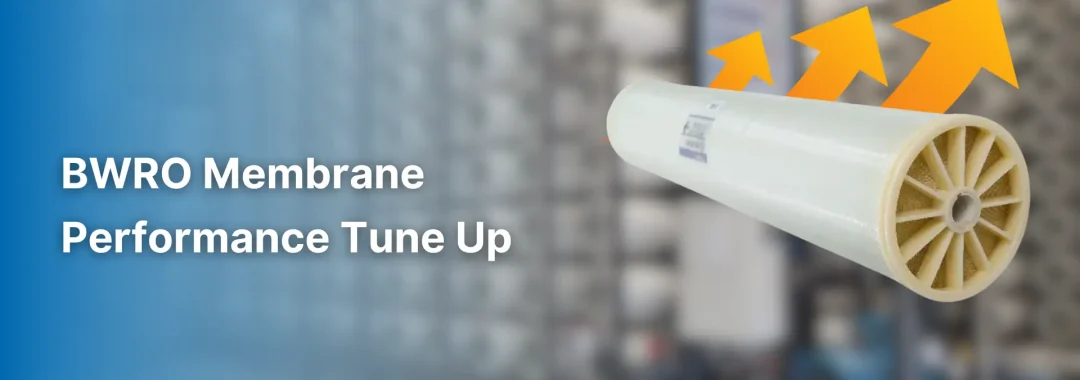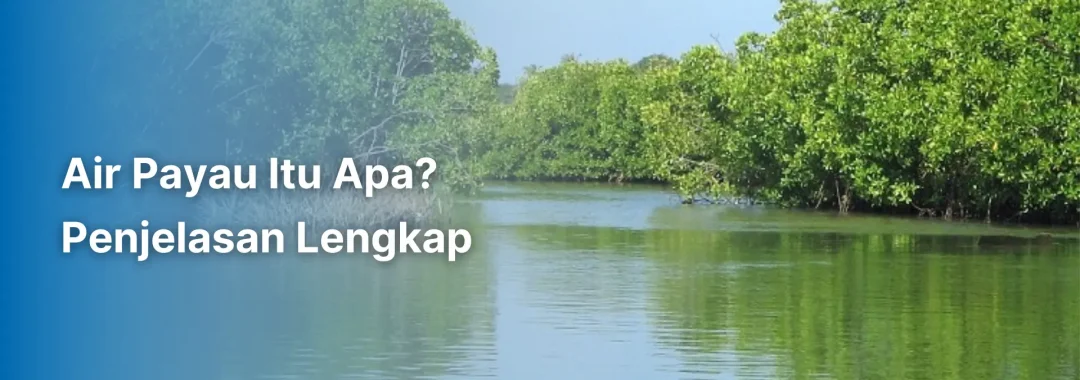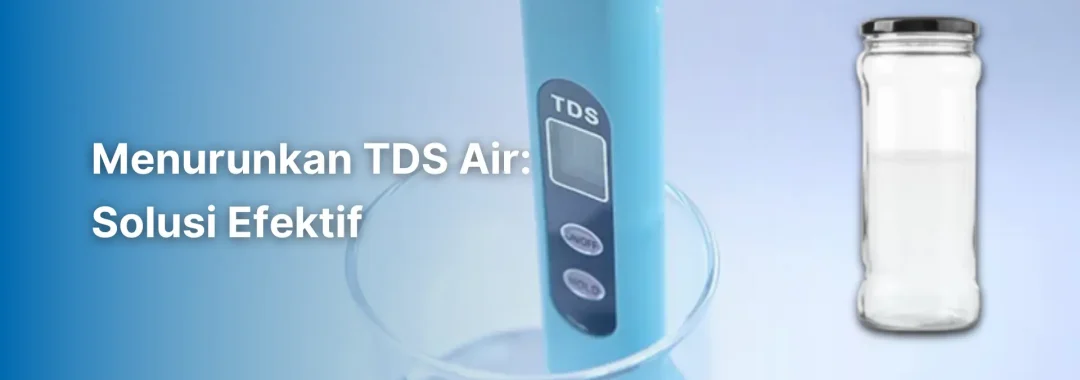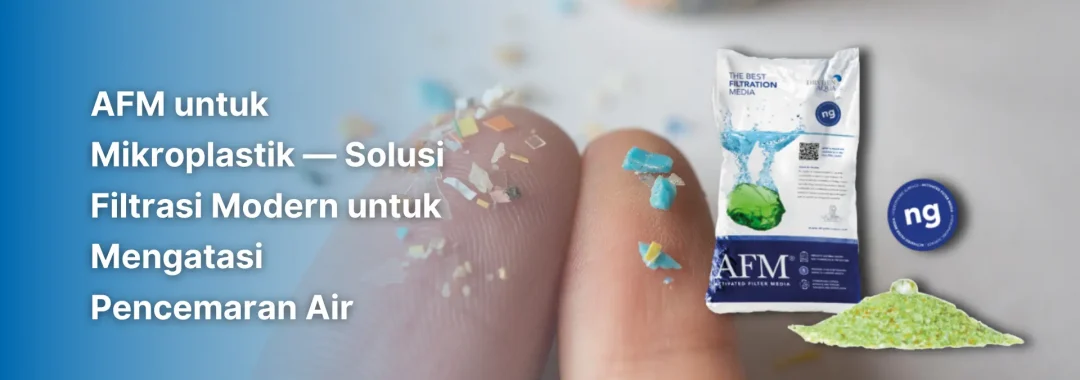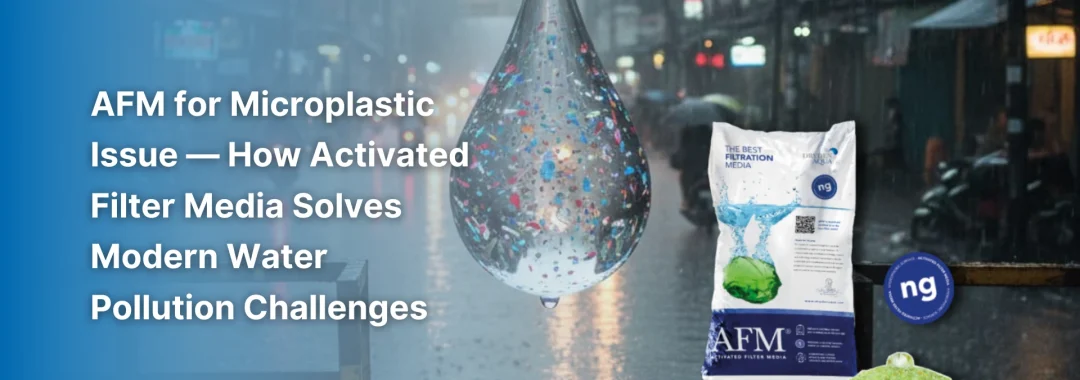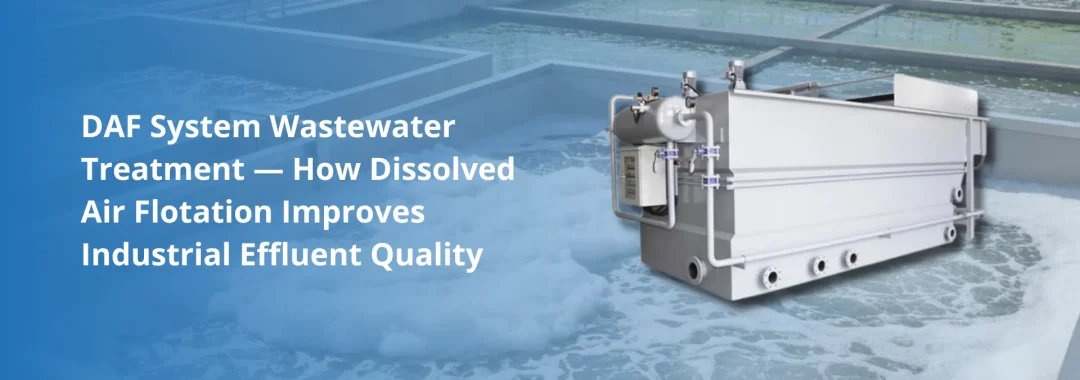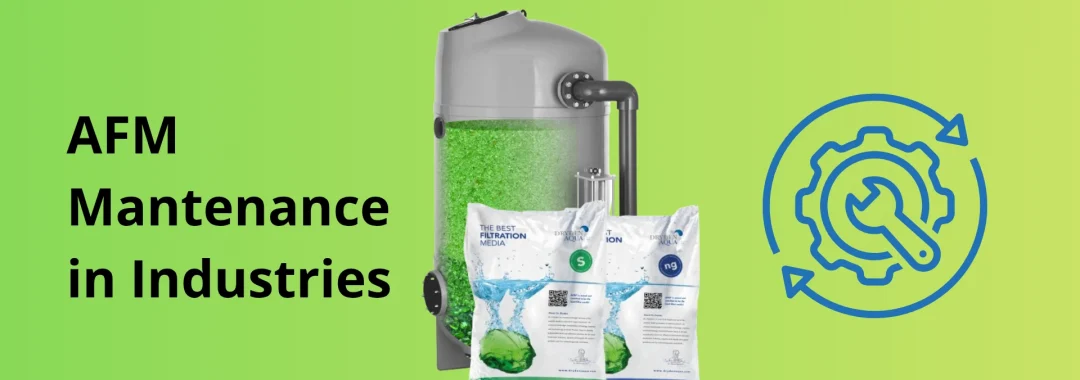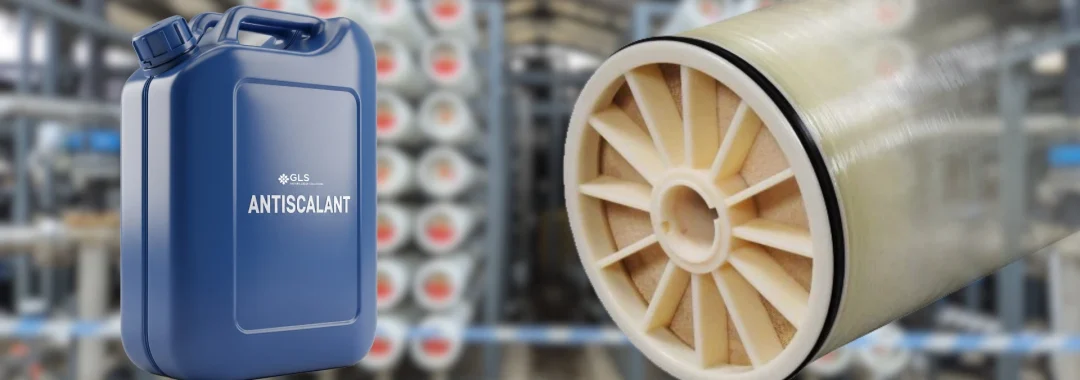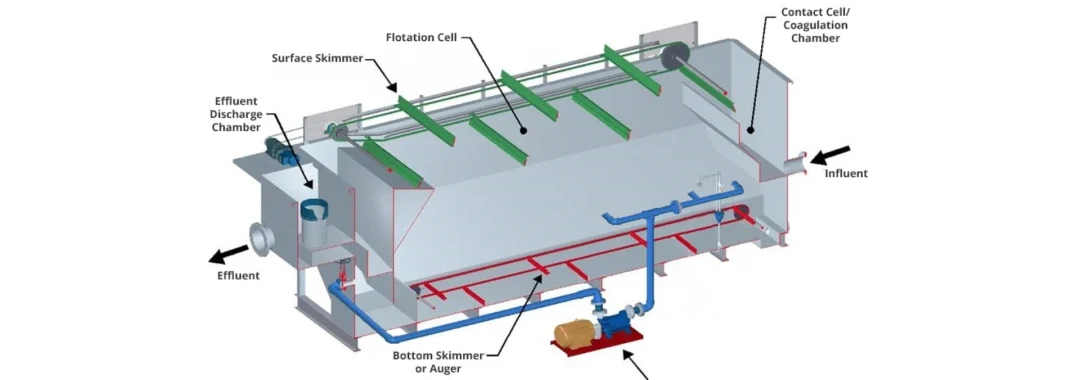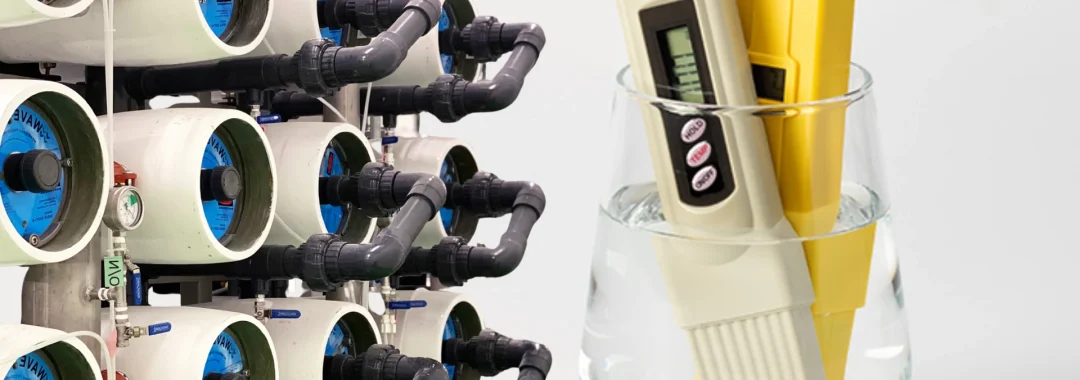BWRO Membrane Performance — Cara Memaksimalkan Kinerja Brackish Water RO
Teknologi Reverse Osmosis (RO) telah menjadi standar dalam pengolahan air berkadar garam menengah. Untuk air payau (brackish water), digunakan membran khusus yaitu BWRO (Brackish Water Reverse Osmosis). Kinerja membran ini sangat krusial dalam menghasilkan air bersih berkualitas tinggi. Oleh karena itu, memahami bwro membrane performance menjadi penting bagi industri, hotel, fasilitas komersial, hingga instalasi air minum.
BWRO membrane dirancang untuk bekerja pada TDS menengah (2.000–10.000 ppm) sehingga mampu menghasilkan tingkat salt rejection hingga 98–99%. Kinerja maksimal hanya dapat dicapai apabila proses pretreatment, tekanan operasi, dan pemeliharaan dilakukan dengan benar.
Anda dapat melihat rekomendasi membran BWRO di situs GLS melalui produk RO Membrane & Chemical Support sebagai bagian dari sistem pengolahan air.
⭐ Apa Itu BWRO Membrane Performance?
Istilah bwro membrane performance mengacu pada kemampuan membran dalam:
- Mengurangi TDS (Total Dissolved Solids)
- Menghilangkan garam dan mineral terlarut
- Menjaga stabilitas permeate flow
- Menahan kontaminan organik & anorganik
- Menghasilkan kualitas air konsisten dalam jangka panjang
Menurut publikasi teknis dari Dow Water & Process Solutions dan laporan industri dari WaterWorld, performa membran sangat dipengaruhi oleh kualitas air baku dan proses perawatannya.
⭐ Faktor yang Mempengaruhi BWRO Membrane Performance
Beberapa faktor berikut berperan besar dalam efektivitas membran:
1. Kualitas Air Baku (Feed Water Quality)
Semakin tinggi salinitas dan TDS, semakin besar tekanan yang diperlukan.
Kontaminan seperti silika, besi, mangan, dan hardness dapat mempercepat fouling.
2. Fouling & Scaling
Masalah paling umum yang menurunkan kinerja membran:
- Scaling (kalsium karbonat, kalsium sulfat)
- Biofouling (bakteri & biofilm)
- Organic fouling
- Colloidal fouling
Menggunakan chemical seperti Antiscalant dan RO Cleaning Agent, seperti pada produk GLS:
👉 RO Membrane Chemical Solutions
dapat memperpanjang umur membran secara signifikan.
3. Operating Pressure & Recovery Rate
Tekanan yang kurang akan menurunkan permeate flow.
Tekanan berlebih dapat merusak lapisan membran.
4. Sistem Pretreatment
Pretreatment ideal meliputi:
- Sand filter / AFM filter
- Carbon filter
- Cartridge filter
- Antiscalant dosing
- Chlorine removal
Tanpa pretreatment yang baik, performa membran akan turun drastis.
⭐ Cara Meningkatkan BWRO Membrane Performance
Untuk memastikan sistem berjalan optimal, langkah-langkah berikut dapat diterapkan:
✔ 1. Lakukan CIP (Cleaning-In-Place) Secara Berkala
Membersihkan membran secara berkala meningkatkan efisiensi dan memperpanjang umur operasi.
Gunakan bahan pembersih seperti RO Cleaning Agent dari GLS.
✔ 2. Kontrol Tekanan & Flow Rate
Pantau tekanan feed dan permeate untuk mencegah overloading.
✔ 3. Optimalkan Pretreatment
Pretreatment yang tepat dapat mengurangi fouling hingga 80%.
Bahan kimia pendukung dapat dilihat pada kategori:
👉 Chemicals & Filter Media GLS
✔ 4. Monitoring Harian dengan TDS Meter
Pemantauan rutin memastikan kualitas air tetap konsisten.
✔ 5. Gunakan Membran Asli & Bersertifikat
Membran BWRO kualitas premium memiliki stabilitas yang lebih tinggi.
Menurut publikasi EPA Water Guidance, membran RO bersertifikat lebih aman dalam proses produksi air.
⭐ Aplikasi BWRO di Industri Indonesia
BWRO banyak digunakan pada:
- Hotel & resort di kawasan pesisir
- Industri manufaktur
- Food & beverage
- Pabrik tekstil
- Penjernihan air payau untuk air minum
Daerah pesisir seperti Bali, Lombok, Batam, dan Jakarta Utara banyak mengandalkan teknologi BWRO karena tingginya TDS air baku.
⭐ Kesimpulan: BWRO Membrane Performance Sangat Menentukan Kualitas Air Hasil RO
Meningkatkan bwro membrane performance adalah kunci untuk menghasilkan air bersih dengan efisiensi tinggi. Dengan pretreatment yang baik, perawatan rutin, serta pemilihan chemical dan membran yang tepat, umur membran dapat bertahan jauh lebih panjang.
PT. Gapura Liqua Solutions menyediakan solusi komprehensif mulai dari membran, chemical, hingga sistem water treatment untuk membantu meningkatkan performa BWRO Anda.
